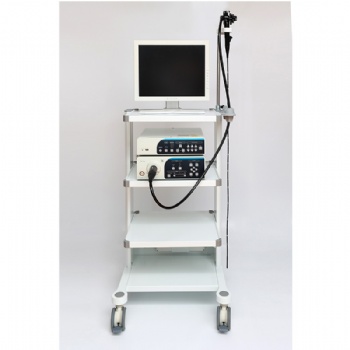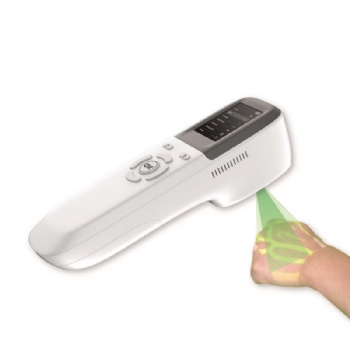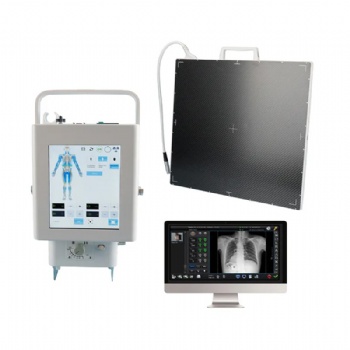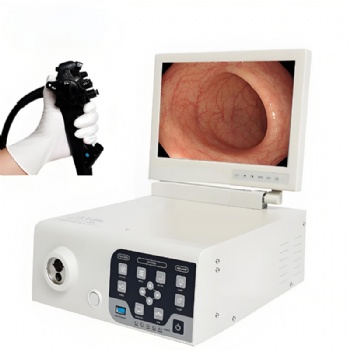News
Three Major Clinical Applications of Arthroscopy
The arthroscopic technique originated in Japan in the early 20th century, and has made significant progress in countries such as the United States since the 1970s. In the past few decades, arthroscopy has had a revolutionary impact on the diagnosis and treatment of intra-articular diseases. Arthroscopy allows for a comprehensive view of the inside of the joint and is more delicate than open surgery, allowing for direct observation and treatment of many structures and lesions within the joint. Some have referred to arthroscopic examination as one of the three major advances in the field of orthopedics in the 20th century, along with fracture fixation and joint replacement. Arthroscopic technology is widely accepted and has transitioned from being called a "toy for young people" to a standard diagnostic and treatment method. Arthroscopy is an important part of the field of orthopedic surgery and embodies the development trend of modern minimally invasive surgery.
1. The diagnostic role of arthroscopy
First of all, arthroscopy can be used to examine various lesions within the joint space and to assess and record the condition of various tissue structures within the joint. Some joint lesions, such as pigmented villonodular synovitis, have characteristic arthroscopic features and can be diagnosed almost certainly. Additionally, arthroscopy can obtain joint fluid or diseased tissue for biopsy under arthroscopic monitoring, which enables further laboratory and pathological examinations.
In recent years, various non-invasive examinations have increased, especially the development of imaging examinations such as ultrasound, CT, and MRI. Clinically, the use of arthroscopy for the sole purpose of diagnosis has decreased. However, arthroscopy offers direct visualization and investigation of lesions, and has a certain magnification effect, making it irreplaceable in cases where the cause of the disease cannot be identified despite clinical examination and various auxiliary examinations.
2. The therapeutic role of arthroscopy
In addition to its therapeutic effects on various sports injuries, the arthroscopic examination technique can also play an important role in the surgical treatment of arthritic disorders. Reports have shown that arthroscopy technology can be used for diagnosing and treating various types of arthritis, such as osteoarthritis, inflammatory arthritis, pigmented villonodular synovitis, crystal-induced arthritis, infectious arthritis, and traumatic arthritis. For various types of synovitis, synovectomy can be performed under arthroscopy to remove synovial tissue from the joint capsule. In knee joints, synovectomy can be performed through a posterior approach to remove synovial tissue within the posterior joint capsule, achieving complete synovectomy of the joint capsule. For osteoarthritic joints, arthroscopic debridement can be performed to remove loose bodies, repair torn menisci, and smooth the articular surface.
3. Applications of arthroscopy in non-joint areas
Due to its advantages of minimal injury, fast recovery and other advantages, arthroscopic examination techniques are particularly suitable for patients with high morphological requirements at the site of the lesion. Therefore, in recent years, arthroscopy has gradually expanded to the treatment of extra-articular diseases. Following the emergence of surgeries such as the removal of steel plates and the treatment of external epicondylitis and piriformis syndrome, the use of arthroscopic surgery for the treatment of prepatellar bursitis, prepatellar hematoma, subcutaneous hematoma, supraspinatus bursitis, calcifying tendinitis of the rotator cuff, popliteal cysts, and cystic masses in the extra-articular space has also increased. Follow-up results have shown that this therapy is simple, has a small scar and minimal side effects, and has a quick recovery time, achieving the same results as open surgery while avoiding the disadvantages of traditional treatments.
Categories
Contact Us
- +86-18018467613
- +86-13357930108
- info@82tech.com




